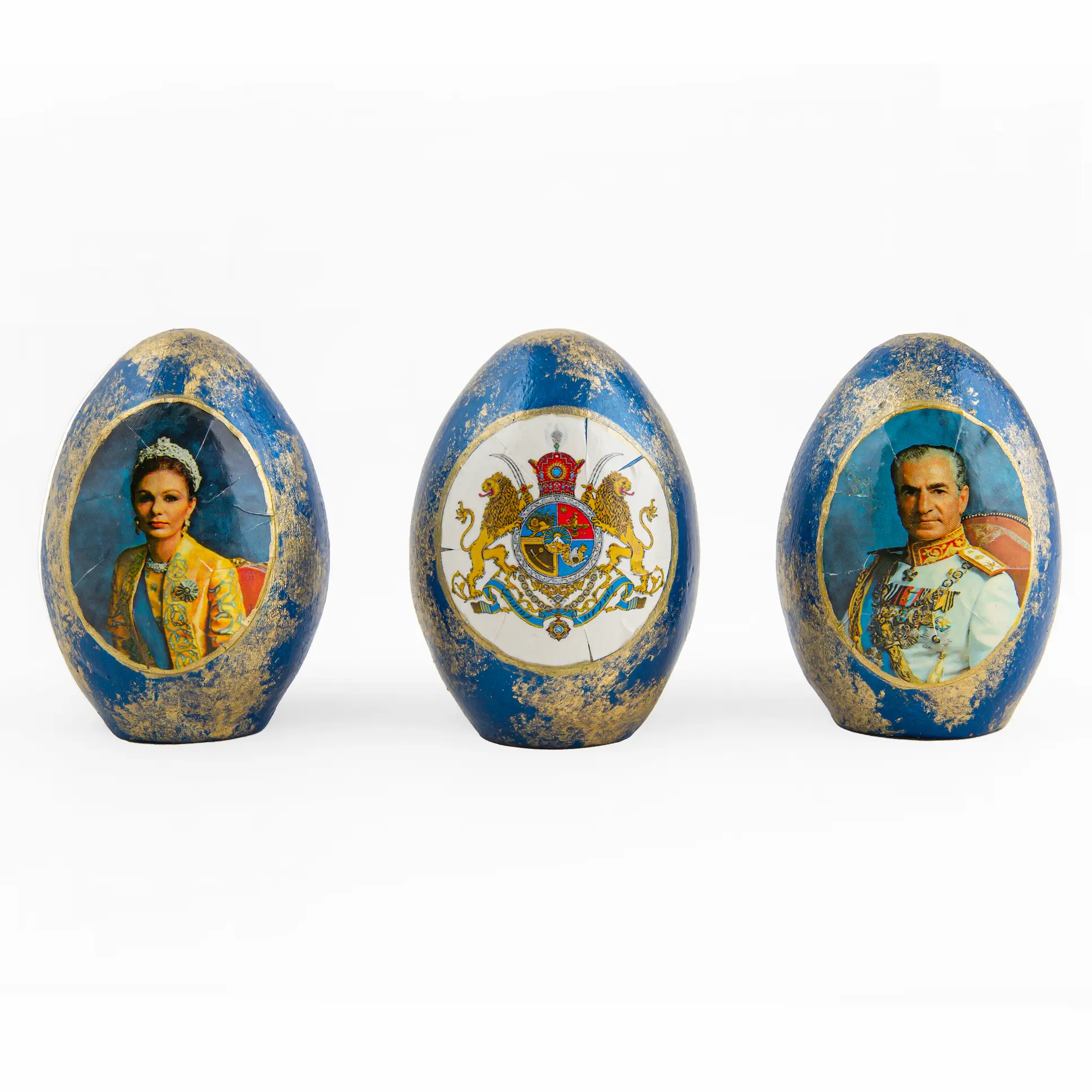The Essential Accessories of Haftseen: A Guide to Persian New Year Elegance
Haftseen, the traditional Persian New Year (Nowruz) table setting, is a mesmerizing display of culture, history, and symbolism. Each of the seven essential items in Haftseen, starting with the Persian letter “S,” carries a deep meaning of renewal, prosperity, and health. However, beyond these main elements, Haftseen accessories add elegance, charm, and a personal touch to the setting. In this article, we will explore the decorative elements and complementary accessories that enhance the beauty of Haftseen.
The Decorative Haftseen Tablecloth (Sofreh)
A beautifully patterned tablecloth, often embroidered or handwoven, forms the foundation of the Haftseen display. Many families choose Termeh, a luxurious Persian fabric, or a silk or velvet cloth decorated with traditional motifs to enhance the aesthetic appeal of their Haftseen.
Elegant Candle Holders and Candles
Candles symbolize light, enlightenment, and warmth, bringing a spiritual glow to the setting. Decorative candleholders, often crafted in Khatam, Minakari, or Ghalamzani styles, elevate the elegance of the Haftseen table. Gold and silver accents, floral patterns, or Persian-inspired designs create an ethereal ambiance.
The Traditional Mirror (Ayneh)
A mirror is an essential Haftseen accessory, representing self-reflection and clarity. Many opt for an ornate Persian mirror, sometimes adorned with calligraphy, floral motifs, or silver engravings, enhancing both its symbolic and decorative value.
Painted and Engraved Haftseen Dishes
The seven symbolic items—Sabzeh (sprouted wheat or lentils), Samanu (sweet pudding), Senjed (dried oleaster fruit), Seer (garlic), Seeb (apple), Somagh (sumac), and Serkeh (vinegar)—are traditionally arranged in decorative bowls. Hand-painted Minakari bowls, Ghalamkar ceramic dishes, or Persian Khatamkari trays add an artistic touch to the arrangement.
Goldfish Bowl (Mahi Gholi)
Goldfish symbolize life and movement, bringing vitality to Haftseen. Many families choose decorative fish bowls, sometimes crafted with Persian designs, to showcase the beauty of the goldfish within the setting.
Decorative Egg Sets
Eggs in Haftseen symbolize fertility and creation. Many Persian households hand-paint eggs or use luxurious materials such as enamel-painted, gold-plated, or gemstone-inlaid eggs to enhance the grandeur of their table.
Miniature Persian Calligraphy or Poetry Books
A book, often a collection of Persian poetry like Hafez’s Divan or Ferdowsi’s Shahnameh, is traditionally placed on the Haftseen table. Small, decorative versions of these books, sometimes with gold-embossed covers or intricate engravings, add cultural depth to the display.
Pomegranate and Floral Accessories
Artificial or real pomegranates, flowers, and Persian motifs add vibrancy to the Haftseen table. Pomegranates symbolize abundance and joy, while fresh tulips and hyacinths (Sonbol) bring fragrance and color to the setup.
Persian-Inspired Decorative Trays
A finely crafted Persian Khatam or Minakari tray can be used to present sweets, dried fruits, or traditional Haftseen elements. These trays add sophistication and artistic value to the setting.
Handcrafted Incense Burners (Atar Dan)
Some families include an incense burner with traditional Persian scents like oud, sandalwood, or rose, enhancing the sensory experience of Haftseen and adding an air of spirituality.
Happy Nowruz! May your new year be filled with light, prosperity, and joy.
